
Achieving the body you want in a short time requires focus on your middle section, and six-pack abdominals are something to strive for. It can be difficult to get the ripped look quickly, but it is possible. With a strict commitment to eating a healthy, well-balanced diet and taking your abdominal exercises to the extreme, you may be able to develop a six-pack in three months. Be prepared to set goals, make a plan to achieve them and commit to pushing beyond your exercise comfort zone. With determination, you'll be turning heads at the beach in three months.
Yes, they do have a nice abs, but not just six-pack abs, and without it, it's always incomplete. Now, you would like to know whether it's possible to have a six-pack in three months or not. My answer to this question is, “Yes, it is possible to have it in 3 months.”
- Begin with a healthy, balanced diet. Stay away from processed and refined foods. Choose vegetables, fruits and lean protein instead. Eliminate liquid calories, such those from as sodas, energy drinks and coffee with sweeteners. Flush your system and improve your metabolism with water. Drink at least half of your body weight in ounces of water a day. If, for example, your weight is 128 pounds, drink 64 ounces daily.
- Begin a cardio workout, such as running, spinning, swimming, kickboxing or step aerobics. Find a high-intensity exercise routine to burn a higher amount of calories. Commit to exercise six times a week with one day of rest. Include a strength conditioning workout three times a week to burn fat and build muscle.
- Focus on your abdominal muscles everyday. Make a plan to work each section of your abdominals. For example, work your upper abs on Monday, your lower abs on Tuesday, your obliques on Wednesday and your total abdominal muscles on Thursday. Then repeat the cycle over the next four workout days.
Abdominal Exercises
- Focusing on your upper abs, perform a stability ball crunch with the ball under your lower back and your feet flat on the floor, with your knees at a 90-degree angle. Place your hands behind your head, keeping elbows out. Crunch up and hold the contraction for one count and return to a neutral position. Remain in the contraction as you crunch up and down, careful not to recline all the way back on the ball. Perform as many of these as you can in one minute. Complete five sets, with a 20-second rest between sets.
- Work your lower abs with stability ball pikes. Get into a plank position with the stability ball under your feet by slowly walking out. Keeping your legs straight, move the ball toward your chest, bending at the waist and lifting your hips. Hold for a count of two and retract to the beginning position. Do five sets of 20 to 30 repetitions.
- Focus on your obliques with seated medicine ball trunk rotations. In a sitting position, holding a medicine ball in front of you, lean halfway back and lift your feet off the floor. Rotate your trunk to one side and then to the opposite side, keeping the medicine ball in line with your belly button. Keep your back erect throughout the exercise, not letting the ball touch the floor on either side. Perform as many rotations as possible in one minute and rest for 30 seconds. Complete five cycles.
- Work the entire abdominal region with planks. Assume a position similar to that required for traditional push-ups: body straight, but with the area of your arms from elbow to wrist -- instead of your hands -- touching the floor. Staying on your toes, hold the position for one minute, rest for 20 seconds. Complete four cycles.
1. Avoid refined and processed foods wherever possible.
2. Try to eat six times a day – around every three hours.
3. With every meal, use a portion of protein as your base. Think eggs, fish, chicken, and other lean meats.
Step 1: Set Your Calories And Macros
The road to muscular definition all starts with making your nutrition match your goal. One tried-and-true way to figure out the amount of protein, carbs, and fat you'll need is to use Bodybuilding.com's calorie calculator to get values for all your macronutrients. Just enter your age, height, weight, how much physical activity you get every day, and your fat-loss goal.
This calculator distributes the macro amounts to create a high-protein, moderate-carb, moderate-fat diet: 40 percent of your calories come from protein, 40 percent from carbs, and 20 percent from fat. It also builds in a daily caloric deficit that usually ranges from 300-700 calories, depending on your weight and activity level.
Step 2: Build Your Carb-Cycling Plan
You build your abdominals in the gym, but until you get rid of the fat that covers them, no one but you will know they're there. And even you will have your doubts! Our BPI Sports Panel all agree: To drop serious body fat and keep up high-quality training, carb-cycling is a must.
The carb number you got from the macronutrient calculator in Step 1 is for moderate-carb days. On low-carb days, cut that number in half to bring down your daily calorie count. The easiest way to do this is by packing these days with high-fiber, low-calorie carbs like leafy greens, broccoli, and low-sugar fruits. On those days, eat far fewer starchy foods like potatoes, sweet potatoes, yams, and plantains, and shy away from foods made from grains, such as bread, pasta, rice, noodles, cereals, couscous, oats, barley, and tortillas.
Following an extended low-carb diet can affect your energy level, and depending on the approach you take, cause you to burn through valuable muscle mass. To preserve this hard-won tissue, follow a 3/2 carb split. Stick to the low-carb approach for three days, followed by two days of moderate carbs. You'll repeat this five-day cycle about 17 total times over the course of the 12-week program. Be sure to get your carbs from a variety of sources.
Step 3: Match Your Cardio To Your Carbs
The next step in our Six-Pack Abs program is to crank up the cardio to burn even more calories. These routines are a combination of high-intensity interval training (HIIT) and steady-state (SS) cardio.
Steady-State Cardio
When you keep a steady pace and steady heart rate on the elliptical machine or treadmill, you're engaged in steady-state cardiovascular training. Such programs typically range from 30-45 minutes with a heart rate at 60-75 percent of your maximum heart rate (MHR).
This type of cardio gets a bad rap these days, but it has its place in a program. For one, it isn't demanding in terms of recovery—indeed, it can actually help to reduce muscle soreness. Because it isn't incredibly intense, you can do it on low-carb days. And finally, it helps to build endurance, a quality that can help you get more out of both training and life. So ignore the haters who say you have to choose either HIIT or steady-state. For most people, a balance of both is best!
You can estimate your maximum heart rate by using this calculation:
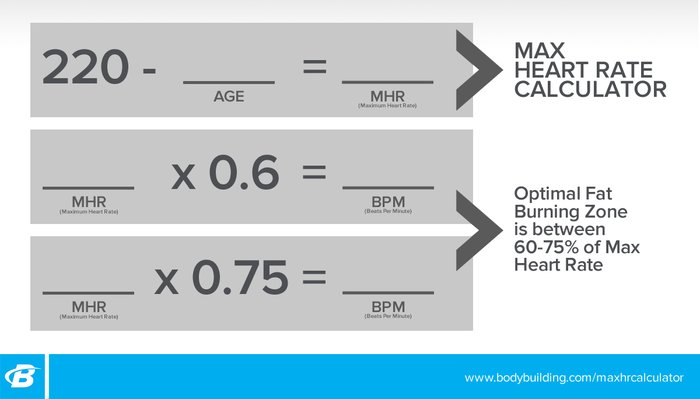
Listed below is a two-week schedule that pairs your carb intake with the appropriate level of cardio. HIIT sessions are paired with moderate carb intake so you'll have a little more energy to do these high-intensity workouts. Follow this pattern for the 90 days.
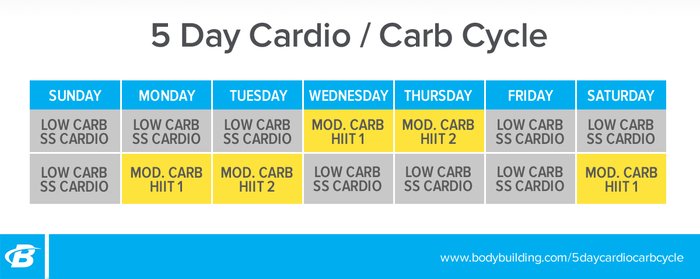
If you've got a go-to HIIT modality, such as the fan bike, rower, or some other type of sprint, by all means use it. If you're new to HIIT or are looking for a change of pace, alternate these two routines:
1
1 set, 3 Min. (Low intensity, 1 RPE)
1 set, 1 Min. (Moderate int., 6 RPE)
1 set, 1 Min. (Low int., 3 RPE)
1 set, 1 Min. (Mod-high int., 7-8 RPE)
1 set, 1 Min. (Low int., 3 RPE)
1 set, 1 Min. (High int., 8-9 RPE)
1 set, 1 Min. (Low int., 2-3 RPE)
1 set, 1 Min. (High int., 8-9 RPE)
1 set, 1 Min. (Low int., 2-3 RPE)
1 set, 1 Min. (High int., 8-9 RPE)
1 set, 1 Min. (Low int., 2-3 RPE)
1 set, 1 Min. (High int., 8-9 RPE)
1 set, 1 Min. (Cool-down, 2-3 RPE)
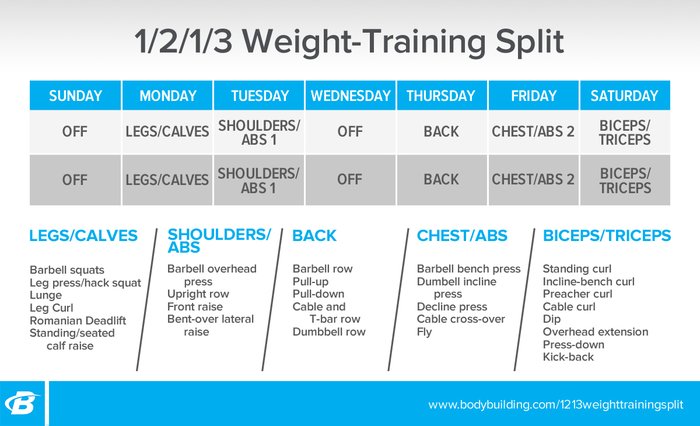






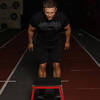



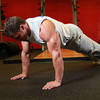
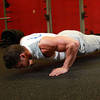

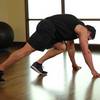


No comments:
Post a Comment